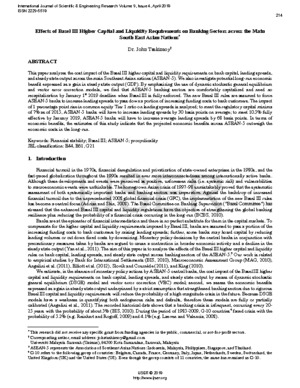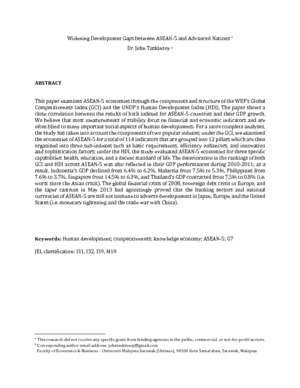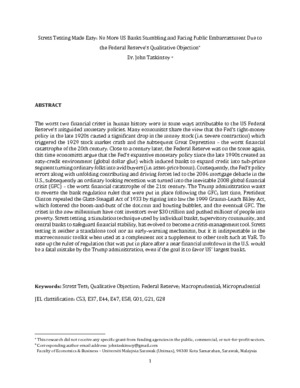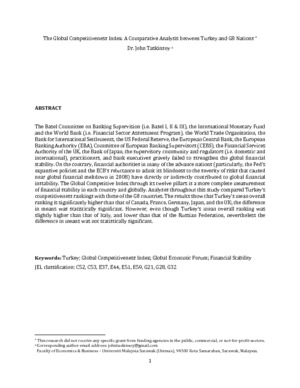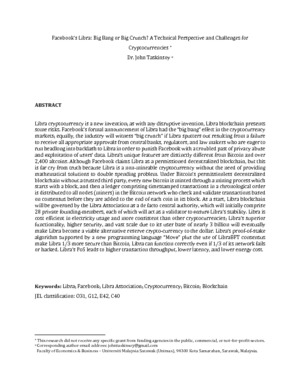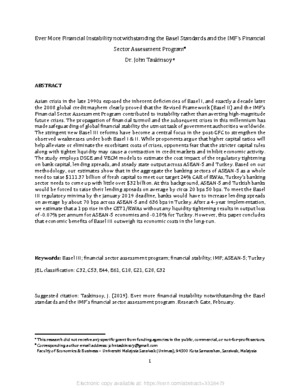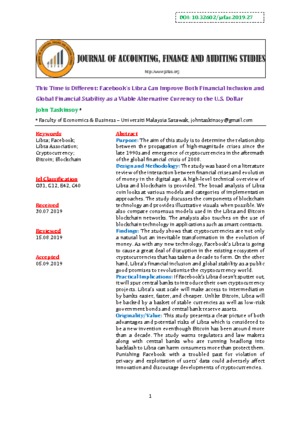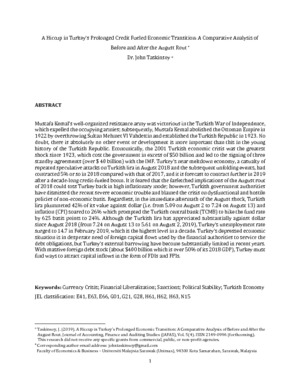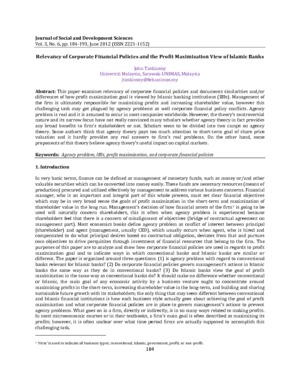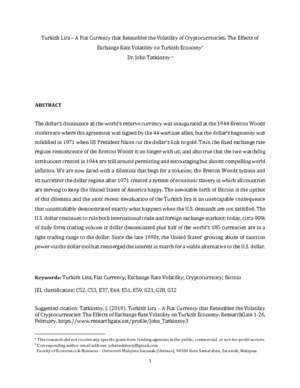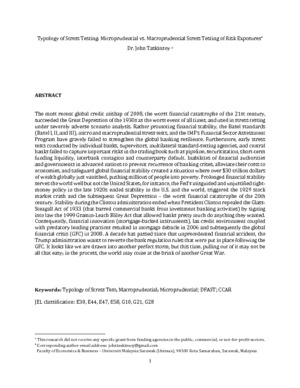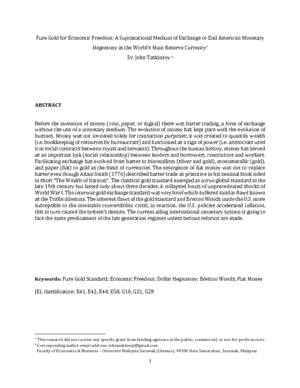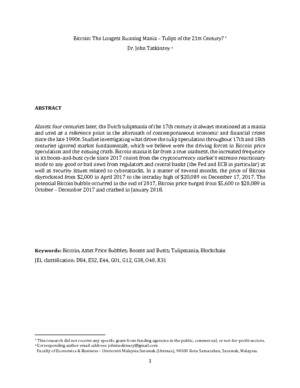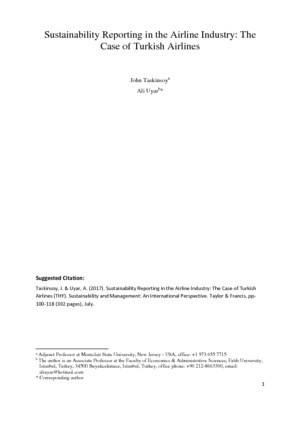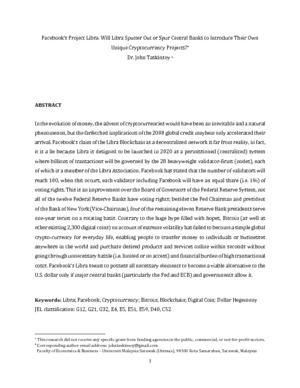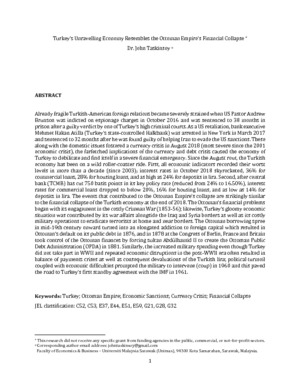List of Categories and SubCategories
Change Your Picture

Higher Capital And Liquidity Regulations Of Basel Standards Have Made Banks And Banking Systems Become More Prone To Financial And Economic Crises
- Category : Business
- Size : 919051
- By : JOHN TASKINSOY

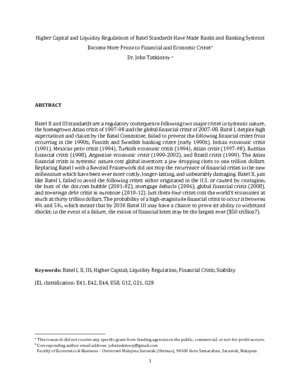

Using Your Social Account
Google Login/Sign up
OR
Recover Your Password
Abstract
Basel II and III standards are a regulatory consequence following two major crises in systemic nature, the homegrown Asian crisis of 1997-98 and the global financial crisis of 2007-08. Basel I, despite high expectations and claims by the Basel Committee, failed to prevent the following financial crises from occurring in the 1990s; Finnish and Swedish banking crises (early 1990s), Indian economic crisis (1991), Mexican peso crisis (1994), Turkish economic crisis (1994), Asian crisis (1997-98), Russian financial crisis (1998), Argentine economic crisis (1999-2002), and Brazil crisis (1999). The Asian financial crisis in systemic nature cost global investors a jaw dropping close to one trillion dollars. Replacing Basel I with a Revised Framework did not stop the recurrence of financial crises in the new millennium which have been ever more costly, longer-lasting, and unbearably damaging. Basel II, just like Basel I, failed to avoid the following crises either originated in the U.S. or caused by contagion; the bust of the dot.com bubble (2001-02), mortgage debacle (2006), global financial crisis (2008), and sovereign debt crisis in eurozone (2010-12). Just these four crises cost the world’s economies as much as thirty trillion dollars. The probability of a high-magnitude financial crisis to occur is between 4% and 5%, which means that by 2030 Basel III may have a chance to prove its ability to withstand shocks; in the event of a failure, the extent of financial loses may be the largest ever ($50 trillion?).
Recommended Papers


